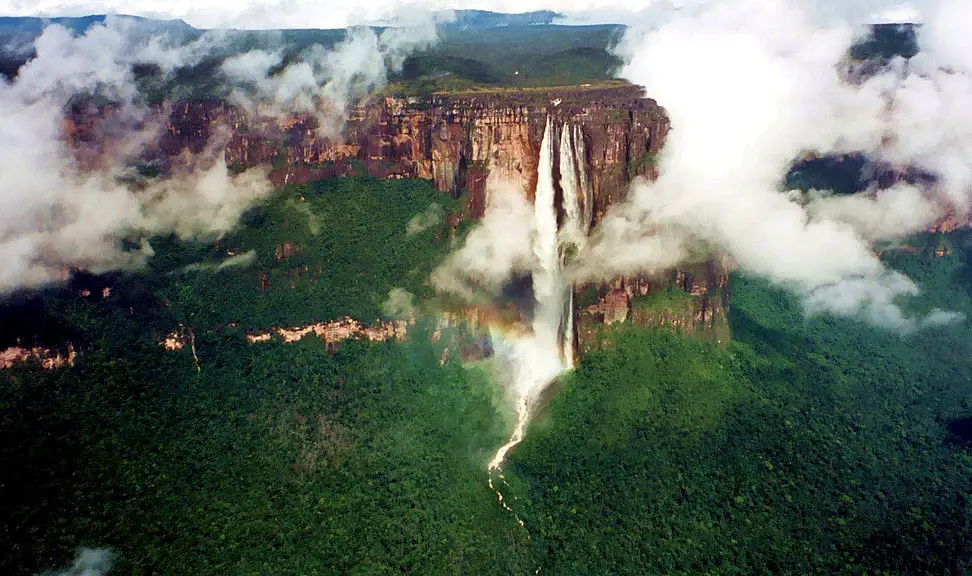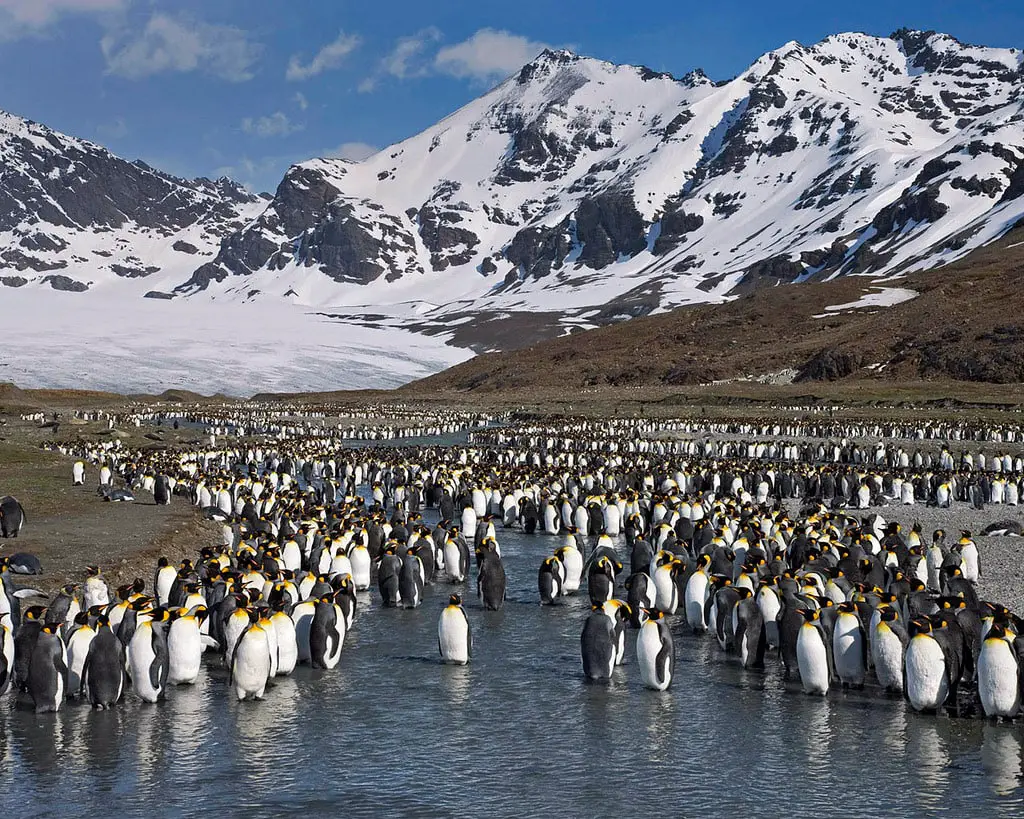Wondermondo 🢖 Categories of wonders
Category
Categories of wonders
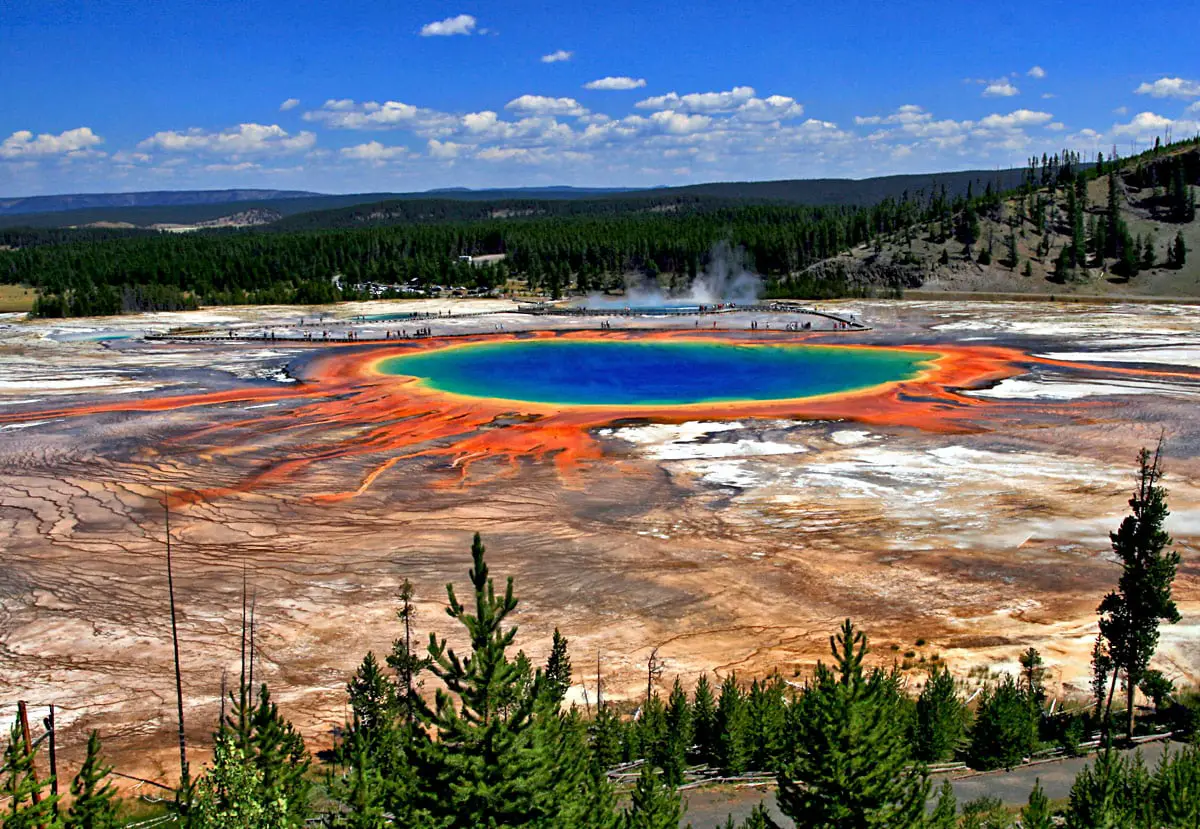
Currently, the wonders of the world in Wondermondo are divided into 124 categories. This huge number is divided into four realms:
Many world’s wonders fit into several categories. Nevertheless, one principle is strict – every wonder of the world would fit at least into one of these categories.
Geological wonders
Back
These wonders have been created by geological, meteorological, and astronomical phenomena.
- Aeolian formations – these wonders have been created by wind activity.
- Caves – natural underground spaces that are large enough for a human to enter.
- Sinkholes – impressive, large natural depressions or holes.
- Geographical extremes – geographical landmarks with extreme parameters, e.g. world’s tallest cliff, windiest place.
- Geothermal features – wonders that have been created by the geothermal processes – internal heat of Earth.
- Fumaroles – unusual fumaroles – openings in the ground where natural gases are emitted.
- Geothermal fields – locations where are concentrated geothermal features – such as geysers, mud pools, fumaroles, and others.
- Geysers – locations where are found hot springs that at more or less regular intervals shoot up a fountain of boiling water and steam.
- Glacial landforms – the most impressive glacial landforms in the world. Glaciations, especially the Last Glacial Period shaped the current landscape in many regions of the world, leaving countless interesting and various landmarks.
- Impact craters – detectable scars on the surface of Earth left by a body coming from outer space. The category includes also meteorites – natural objects from outer space.
- Lakes and streams – unusual lakes and streams.
- Places with meteorological phenomena – locations with unusual meteorological conditions or phenomena.
- Rare natural materials – locations, where are found rare minerals, rocks, and other substances.
- Gemstone finds – locations, where are found stones of high value, used in adornments, mostly – in jewelry.
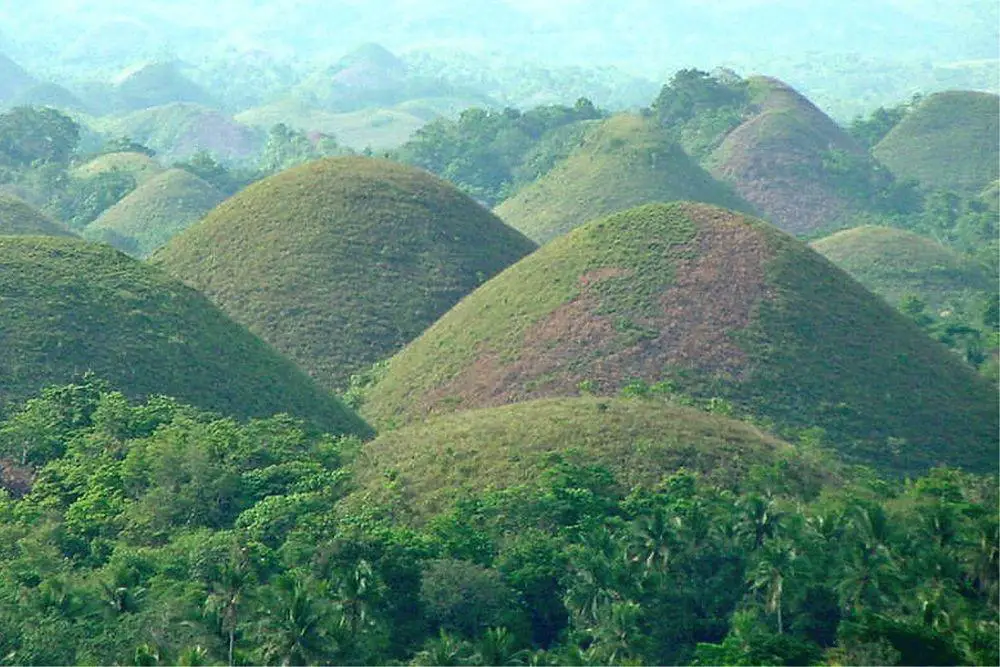
Chocolate Hills / Jazela, Wikimedia Commons / CC BY-SA 3.0 - Rock formations – visually and/or scientifically interesting natural rock surfaces.
- Balancing rocks – boulders or other rock formations that rest on other rocks and often seem to be balancing.
- Boulders – very large or otherwise unusual boulders.
- Canyons and ravines – outstanding, deep ravines with vertical or very steep cliff faces on both sides of the stream.
- Cliffs – outstanding rock surfaces, for the most part – vertical or near-vertical.
- Karst landscapes – outstanding relief forms that have formed by the dissolution of limestone, dolostone, gypsum.
- Monoliths or inselbergs and bornhardts – very large, monolithic masses of rock that have formed unusual, visually impressive relief forms.
- Natural arches – naturally formed rock arches – cliff formations with openings below them.
- Rock spires – naturally formed tall, thin spires of rocks.
- Springs – outstanding natural sites where water, other liquids, and/or gases reach the surface of the Earth, including locations underwater.
- Mineral springs – springs whose water contains dissolved substances and can have an altered taste and various other characteristics.
- Spring tufa, travertine, and other formations – locations where springs have deposited solid sediments, such as travertine, salt, and other materials that have formed natural terraces or other interesting formations.
- Subaquatic springs – springs that leave the ground under the water level of another waterbody (sea, larger river, lake).
- Thermal springs – springs that have a significantly higher water temperature than the average yearly temperature of their respective localities.
- Volcanoes – the most interesting volcanoes – openings or ruptures in the Earth’s crust, where hot magma and/or gases are (or were) emitted.
- Waterfalls – places where the water abruptly falls down.
- Tidal currents and whirlpools – world’s most impressive tidal currents and whirlpools, tidal bores.
- Blowholes – intermittent natural water fountains that are powered by the wave energy.
Biological wonders
Back
These wonders have been created by any of the life forms on Earth except for man.
- Biological extremes – biological landmarks with extreme parameters, e.g. world’s tallest tree, northernmost forest.
- Ecosystems – areas with unique, uniform environmental conditions and specific communities of life.
- Animal colonies – locations where gatherings of a large number of animals are permanent or regular.
- Fossil finds – places where are found remains or traces of life forms of outstanding value for science.
- Early human finds – locations where are found valuable remains or artifacts left by early hominins and humans.
- Trees – the most impressive and interesting separate trees in the world.
Archaeological and architecture wonders
Back
Tangible wonders that have been created by man.
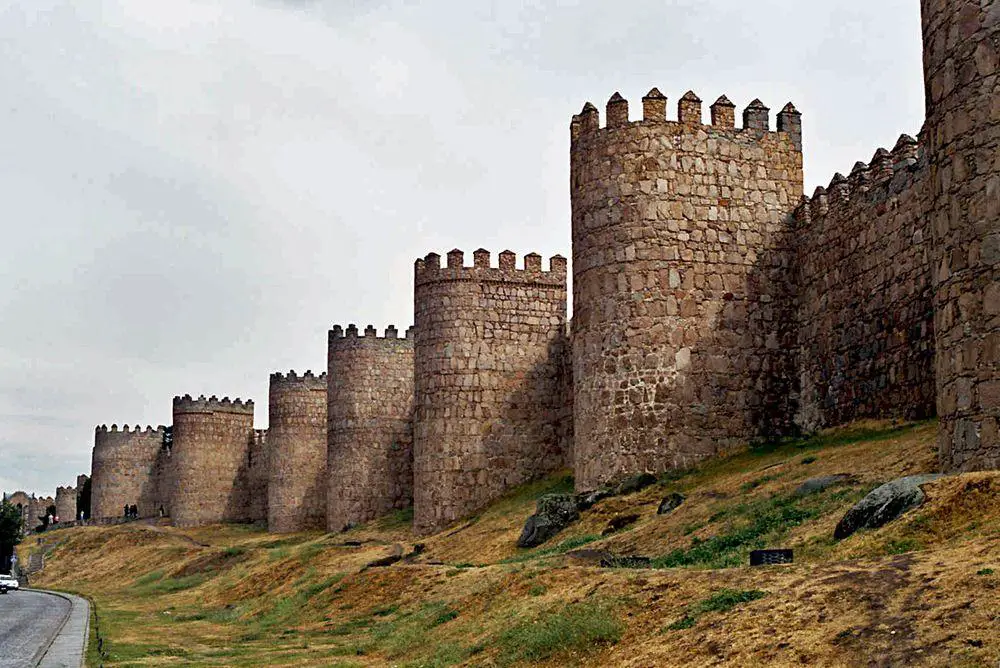
- Cairns and mounds – man-made piles of rocks or heaps of earth or debris. Most of these sites are archaeological monuments.
- Cemeteries – the most interesting locations where the remains of deceased people have been interred.
- Prehistoric and ancient cemeteries – the most interesting locations where the remains of deceased people have been interred before the Middle Ages.
- Fortifications – structures that have been built for military or civil defense.
- City gates and towers – parts of city walls – outstanding gates, towers of other parts.
- City walls – walls for the protection of cities, towns, and villages.
- Defensive walls – large scale fortifications that were built to protect larger regions.
- Fortresses and forts – fortified buildings or groups of buildings – military installations for the protection of troops.
- Prehistoric fortifications – outstanding prehistoric (before the written history) fortifications.
- Prisons – unusual sites and buildings that have been used to detain individuals inside.
- Houses – structures that primarily have been constructed and/or used for human habitation.
- Castles – outstanding fortified residences, built mainly in medieval times.
- Family houses, villas – outstanding, detached or semi-detached residential buildings, used by a single family.
- Multi-apartment houses – outstanding residential buildings, that contain apartments for several families.
- Palaces and country houses – outstanding residential buildings, built for rich and/or influential families.
- Industrial and infrastructure heritage – structures that were constructed to provide technical and production services.
- Agricultural infrastructure – structures and man-made landscape elements developed for the purpose of cultivation of animals, plants, fungi.
- Agricultural terraces – man-made step-like landscape elements shaped in order to adjust steep terrain for the needs of agriculture.
- Irrigation systems – water supply systems for the watering of agricultural areas.
- Energy production infrastructure – structures that have been built for the production of energy.
- Hydropower plants and dams – watermills and other structures for harnessing of water power.
- Windmills – windmills and other structures for harnessing wind power.
- Factories and warehouses – buildings that were built to provide premises for industrial production and storage of goods.
- Mines and pits – man-made excavations that have been made to obtain valuable materials from the ground.
- Scientific infrastructure – structures built to provide premises and other facilities for scientific experiments and scientific research.
- Astronomical research stations – structures built to provide facilities for astronomical research.
- Telecommunication structures – structures that have been built for the provision of telecommunications.
- Water supply infrastructure – structures for extraction and supply of water.
- Agricultural infrastructure – structures and man-made landscape elements developed for the purpose of cultivation of animals, plants, fungi.
- Man-made extremes – man-made landmarks of the world with extreme parameters, e.g. world’s tallest building, oldest city.
- Megaliths – structures made of large stones by ancient cultures, without any mortar or cement. In general, this does not include structures built by developed and well-expressed cultures like the Romans or Maya but rather the more ancient cultures.
- Military testing sites – places where the testing of weapons has left impressive and/or unusual changes.
- Monuments and memorials – the most interesting structures that have been built to commemorate some person (including mythological persons) or event.
- Ancient and prehistoric monuments and memorials – structures that have been built before the Middle Ages to commemorate some person (including mythological persons) or event.
- Parks and gardens – locations where plants have been planted according to plan to provide enjoyment and also for scientific research of plant communities.
- Petroglyphs and rock art – mostly prehistoric man-made art on natural materials – mostly on rock surfaces and stones, but sometimes also on living trees.
- Geoglyphs and alignments – large figures that have been drawn or otherwise formed on flat ground or hill slopes.
- Prehistoric and ancient inscriptions – inscriptions made by prehistoric and ancient man and preserved up to this day. Includes runestones.
- Prehistoric cave and rock paintings – paintings made by prehistoric man and preserved up to this day.
- Public buildings – outstanding structures that have been built to provide services for society.
- Educational buildings – buildings that were built for education institutions.
- Entertainment infrastructure – structures that were built to provide pleasure and delight to the audience (except for sports, dramatic and musical performances).
- Government and office buildings – structures that were built to provide premises for administrative institutions.
- Hospitals and health resorts – buildings that were built for health care, diverse medical facilities, and health resorts.
- Hotels and inns – outstanding buildings that have been built to provide lodging, food, and drink.
- Libraries – buildings that were built to store collections of information sources, mainly – books.
- Markets, stores, and shops – structures that were built to purchase and sell goods.
- Museums – the most interesting and outstanding institutions that collect and explore artifacts of scientific, cultural, and historical importance.
- Observation towers and spots – structures that were built to provide views on the interesting landscapes, as well as spots where a landscape of special beauty and interest can be seen.
- Operas, theatres, and concert halls – structures that were built for dramatic and musical performances.
- Sports infrastructure – the most impressive structures built for sports.
- Religious architecture – outstanding structures that were built for worship and/or that serve for religious purposes.
- Ancient pyramids – pyramid-shaped buildings that were built in the ancient cultures as shrines, cult structures, and burials for high-ranked officials.
- Buddhist shrines – Buddhist sacred sites, including temples and monasteries.
- Christian monasteries – buildings or complex of buildings where live, work, and pray Christian monks or nuns.
- Churches – buildings where Christians gather and worship God.
- Hindu shrines – Hindu shrines and other sites linked to Hinduist religion.
- Islamic shrines – Islamic sites, structures built for Islamic worship.
- Jain shrines – temples and other sacred sites of Jain religion.
- Judaism monuments – sacred Jewish sites, including houses of prayer – synagogues.
- Other contemporary shrines – shrines and structures linked to other contemporary religions.
- Prehistoric and ancient shrines – shrines and other sites of ancient or prehistoric religions and beliefs.
- Rock-cut architecture and sculptures – outstanding rock-cut architecture and large rock-cut sculptures. In order to be included in this category, structures should be made of a single piece of natural stone without moving this material from its original place.
- Rock cut temples and monasteries – man-made underground worship sites, built to facilitate religious contemplation. The most magnificent form of rock-cut architecture.
- Rock-cut tombs and catacombs – man-made excavations that have been made with the purpose to secure long-lasting abode for the deceased.
- Sculptures and reliefs from live rock – sculptures and reliefs that are carved in live rock.
- Settlements – locations where permanently or temporary lives or lived a community of people and where are located scientific or art values or special visual qualities.
- Abandoned cities and towns – abandoned towns, cities, and parts of the cities, that represent a value from the tourist or scientific point of view.
- Ancient cities and towns – ancient (here – more than 1,500 years old) towns, cities, and parts of the cities, that represent a value from the tourist or scientific point of view.
- Cities and towns – currently inhabited towns, cities, and parts of the cities, that represent a value from the tourist or scientific point of view.
- Industrial settlements – outstanding settlements built for the habitation of workers near large industrial sites, e.g. mines, factories.
- Prehistoric settlements – locations of outstanding prehistoric (before the written history) human settlements.
- Rural settlements – outstanding smaller settlements outside urban areas.
- Transport infrastructure – outstanding structures that were built to facilitate the movement of people, animals, and goods.
- Bridges and overpasses – structures that were built to provide overpass over physical obstacles – water, other roads, valleys, etc.
- Canals – man-made water channels, built for water transport.
- Lighthouses – structures that were built to assist the navigation of maritime or inland water transport, mainly by light.
- Railways – the most interesting and unique sections of railways – ways with rails.
- Roads and paths – the most interesting and unique parts of paths and roads – land-based transport infrastructure between two places.
- Spacecraft infrastructure – infrastructure that was built to provide the launch of spacecraft.
- Transport stations and depots – buildings built to provide necessary premises for transport services, such as railway stations and airports, railway depots.
- Tunnels – structures that were built to provide underpass under physical obstacles – mountains, water, dense cities, other roads, etc.
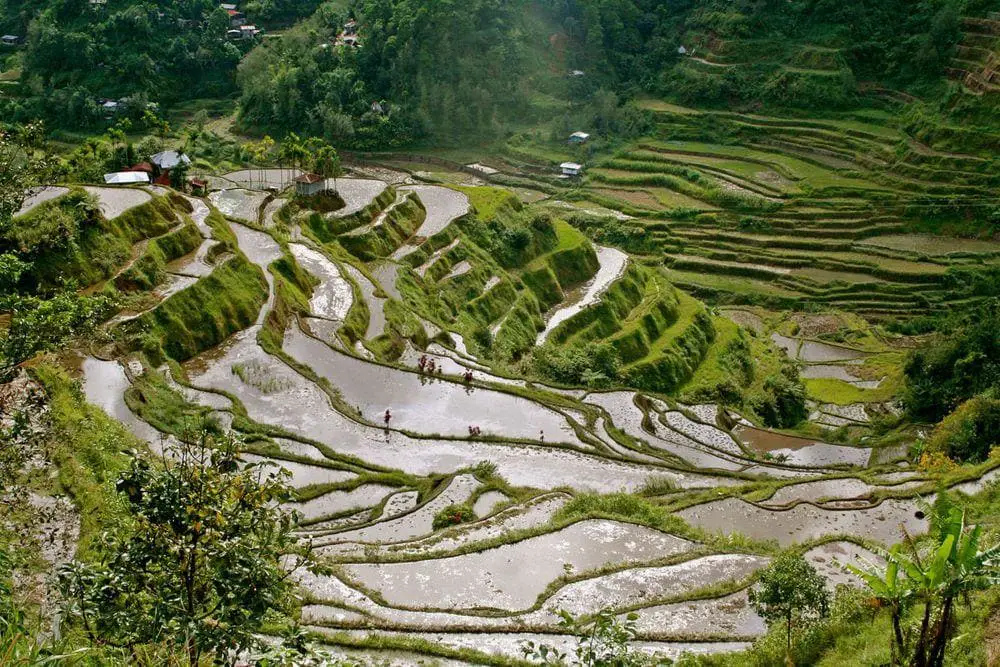
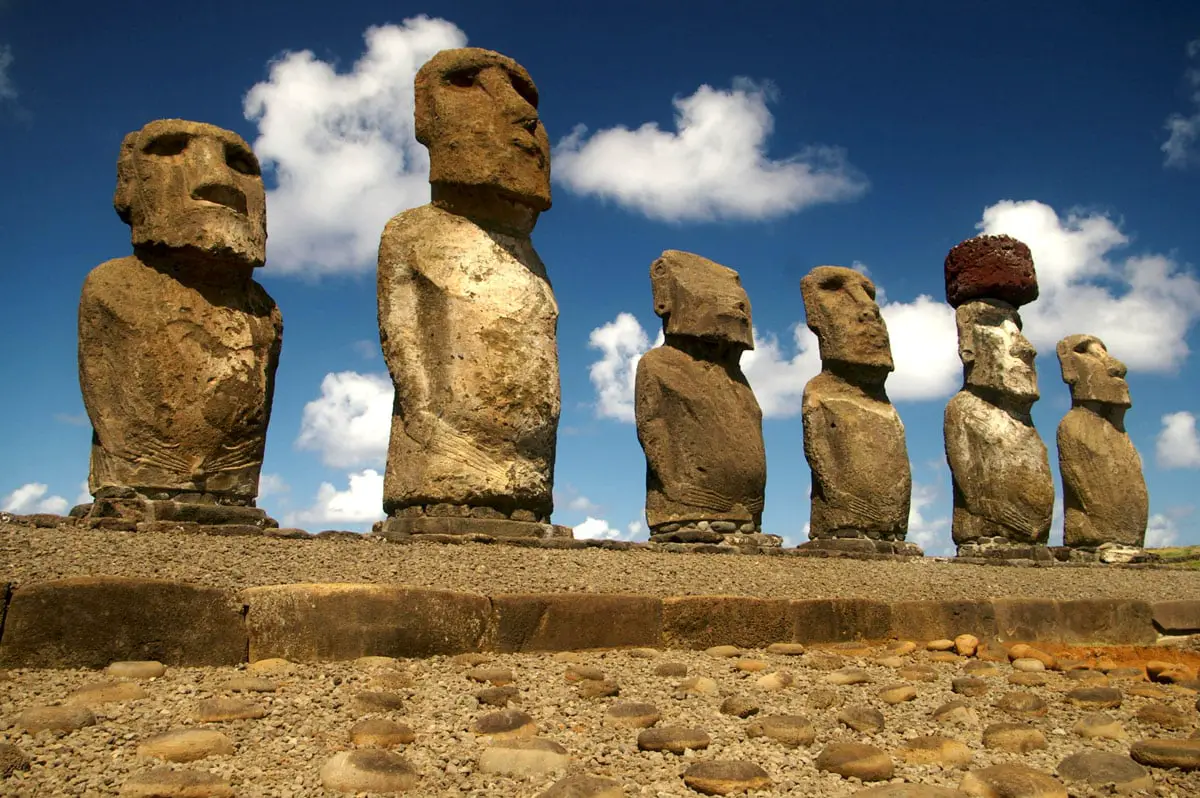
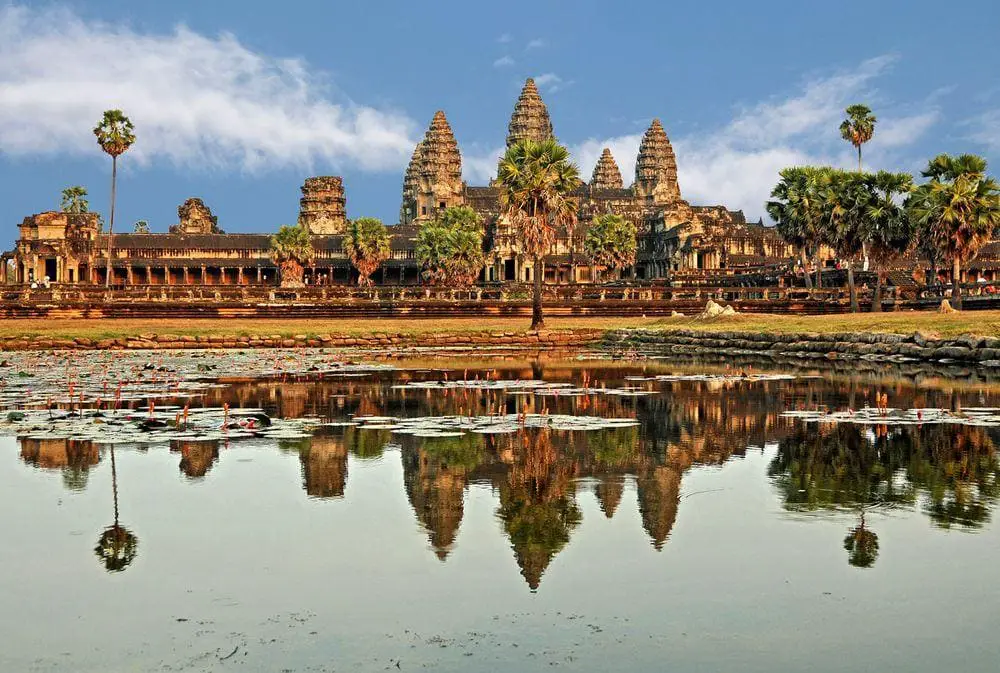
Legendary wonders – sites of legends
Back
Intangible wonders – places that are linked to stories about the supernatural, lost treasure, and important events.
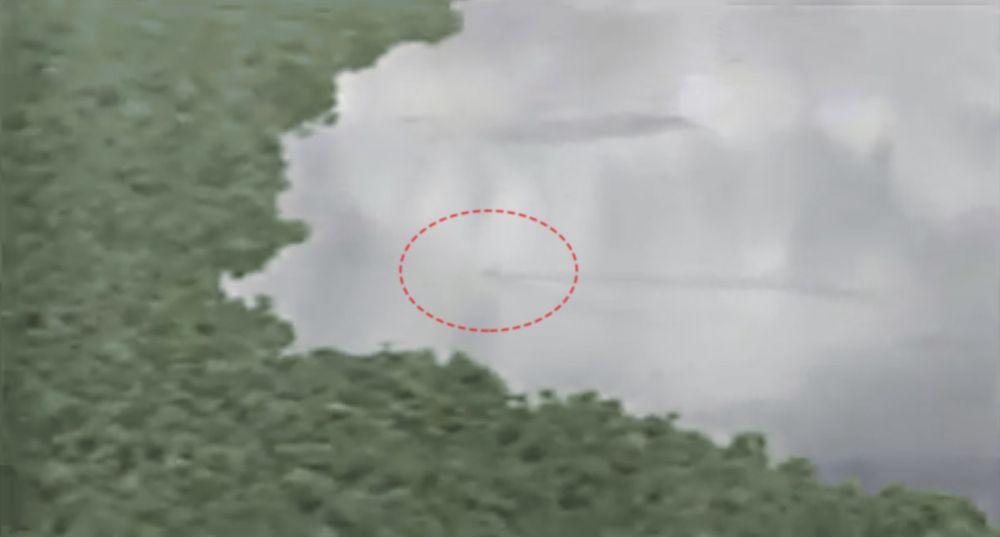
- Ghost sites – places where according to different information sources repeatedly are observed paranormal phenomena, such as apparitions of the undead.
- Hidden treasure – places where according to different information sources are hidden significant material and/ or cultural values.
- Places with cryptozoological phenomena – places where on a regular basis can be observed cryptozoological phenomena – apparitions of legendary animals that are considered to be nonexistent.

